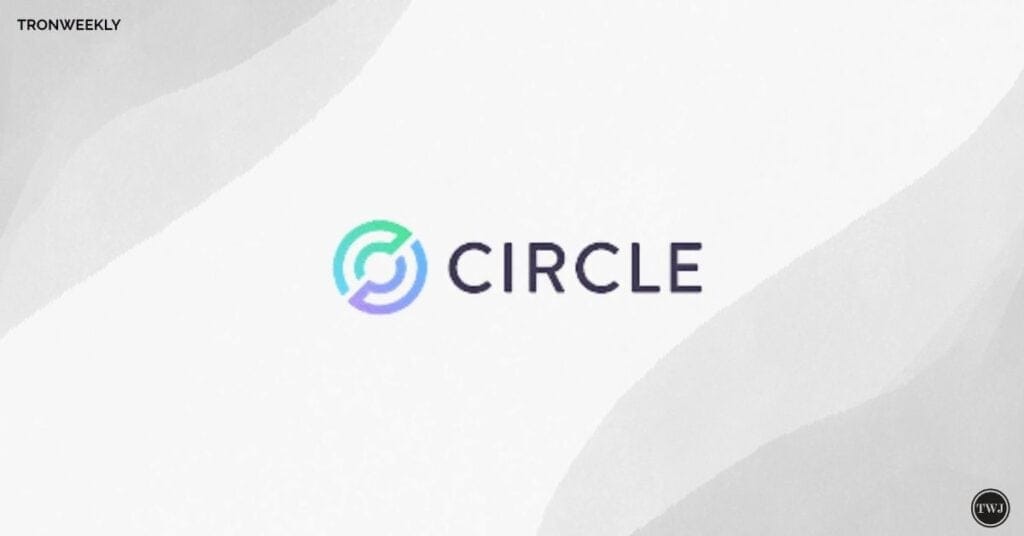You are here: Home / News / Circle’s USDC Overtaking Tether in Transaction Volume Amid Stablecoin Shift
Circle’s USDC, a stablecoin pegged to the US dollar’s value, surpassed Tether’s USDT in transaction volume during 2024. This surprising development challenged USDT’s long-standing dominance, despite its larger total supply in circulation, according to the recent data analysis revealed by Visa Inc.
Visa, collaborating with Circle since 2020, unveiled a novel dashboard feature alongside blockchain analytics firm Allium Labs. This metric intends to furnish a more transparent overview of the stablecoin market by eliminating potential skews caused by automated programs and artificial inflation tactics.
Since January 2024, USDC has experienced a remarkable surge in its utilization. Remarkably, the transactions involving USDC reached an astonishing $456 billion just last week. In contrast, USDT transactions amounted to a mere $89 billion. Moreover, USDC has comprised a commanding 50% of all stablecoin transactions thus far in the current year.
The rise in USDC’s popularity is an unexpected development for many industry experts. Traditionally, Tether’s USDT has maintained a dominant position, with a 68% market share of all stablecoins in circulation, compared to USDC’s 20% (based on data from DefiLlama).
Geography and Use Case Drive the Difference
The difference between the supply and trading volume of cryptocurrencies relates to their geographical spread and practical uses. Noelle Acheson, who writes the “Crypto Is Macro Now” newsletter, believes that people outside the United States hold Tether (USDT) as a store of value more often.
In contrast, the USD Coin (USDC) sees greater use within the US for actual transactions. This view matches Visa’s partnership with Circle, potentially indicating a focus on enabling everyday payments domestically.
Public blockchains offer transaction data for stablecoins, but understanding it can be confusing. Cuy Sheffield, Head of Crypto at Visa, explains that stablecoins can be utilized for various purposes, with transactions initiated manually or automatically through bots. This makes it hard to distinguish genuine user activity from automated processes.
Visa’s revised metric aims to rectify this predicament. Upon eliminating bot-related transactions, the aggregate transfer volume spanning the 30-day period preceding April 24th decreases substantially – from an ostensibly inflated $2.65 trillion to a more plausible $265 billion.
Circle’s Recovery and the Future of Stablecoins
Circle faced challenges last year due to the banking crisis in the United States. The collapse of Silicon Valley Bank affected Circle’s USDC reserves. As a result, the total value of USDC dropped from $56 billion to $23 billion by December. However, Circle has recovered successfully. According to DefiLlama data, the current value of USDC is back up to $32.8 billion.
The rise of USDC as the leading transactional stablecoin marks a significant shift in the industry. While USDT maintains a larger overall market presence, USDC’s dominance in daily transactions suggests a growing preference for its use in real-world payments. As the crypto space continues to evolve, it will be interesting to see how this trend develops and whether Tether can adapt its strategy to recapture the transactional crown.
Related Reading | NEAR Breaks Bull Flag Resistance, Eyes 120% Gain
